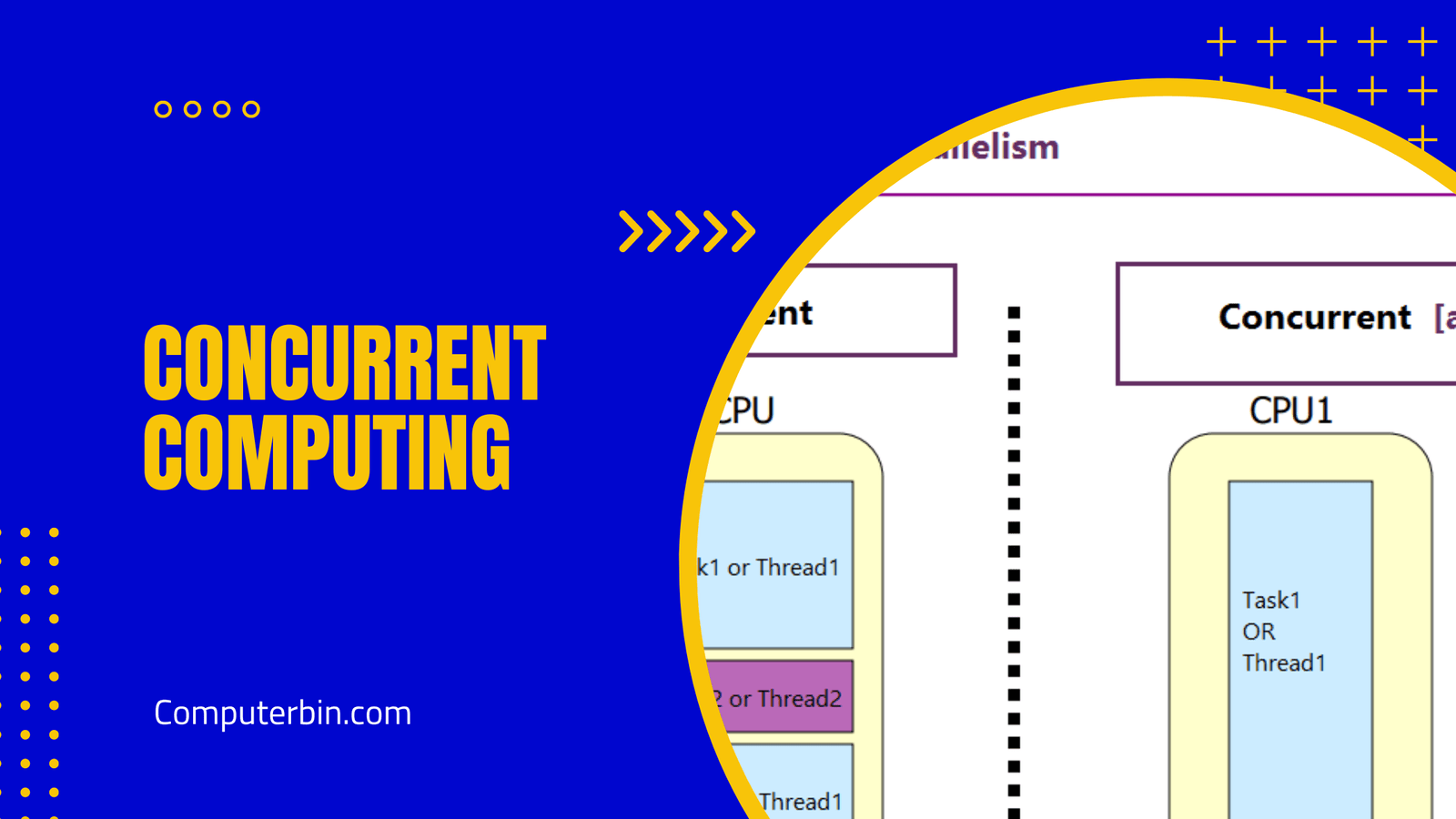Complementary Metal-Oxide-Semiconductor is the full-form for CMOS and it is spoken as “see mos”. It is also abbreviated as COS-MOS and in full-form; complementary-symmetry metal-oxide-semiconductor.
CMOS is basically a kind of semiconductor that is based on the functional working principle of metal oxide semiconductors & field-effect transistors which is also called and abbreviated as MOSFET.
The MOSFET’s fabrication process basically the supportive and like pairs of the p-type and n-type semiconductors for the MOSFET’s functioning.
If you look at the CMOS technology’s practical and industrial usability, it is taken under use for the purpose and development of CPUs or microprocessors, microcontrollers, data chips like CMOS’ BIOS, and for the construction of many other IC’s i.e, integrated circuits chips.
The CMOS technology is also taken under use for many other industrial and commercial purposes like developing analog circuits, image detectors which are also considered as CMOS sensors, NVRAM (CMOS RAM), data transformers, Radio-frequency circuits also termed as RF CMOS, and also for the construction of top-rated integrated transceivers for the purpose communication and networking.
CMOS or Complementary metal-oxide-semiconductor is also known with one more name; RTC which stands for real-time Clock. CMOS works as a built-in and integrated power-operated semiconductor that is also greatly potent in saving data and information that varies from the setting given in the input of the computer.
If you try to understand the name of this component the “MOS” which actually is referred to as a transistor which is the MOSFET which is a metal-oxide-semiconductor field-effect transistor, here the part “metal” is now not taken into use as all the new MOSFETs make use of the silicon-based semiconductors in place of aluminum as a conductive body.
Each of the MOSFETs has been provided with dual terminals which are called the source and drain terminals which are completely protected from the transistor. There is also a component present that is called the Gate. When voltage is released in the middle of the gate and the body, there is a flow of electron particles between the two terminals of the MOSFET (source and drain).
The “complementary” part of CMOS alludes to the two different types of semiconductors every transistor contains — N-type and P-type. N-type semiconductors have a more prominent concentration of electrons than holes or places where an electron could exist. P-type semiconductors have a more prominent concentration of holes than electrons. These two semiconductors cooperate and may frame logic gates dependent on how the circuit is designed.
CMOS transistors are known for their effective utilization of electrical force. They require no electrical flow with the exception of when they are changing starting with one state then onto the next. Furthermore, the free semiconductors cooperate to restrict the yield voltage. The outcome is a low-power plan that radiates negligible warmth. Consequently, CMOS transistors have supplanted other past plans like CCDs in camera sensors and are utilized in most present-day processors.
The two most significant attributes of any CMOS gadget are that they have quite high noise commotion insusceptibility and low static force consumption. Since one semiconductor of the MOSFET is consistently off, the arrangement combination takes a huge force just quickly during exchanging among on and off states. Thus, CMOS gadgets don’t create as much waste warmth as different types of rationale, as NMOS logic or you can say Transistor-transistor logic (TTL), which ordinarily makes them stand current in any event, when not evolving state.
Mohamed M. Atalla and Dawon Kahng designed the MOSFET at Bell Labs in 1959, and afterward showed the PMOS (p-type MOS) and NMOS (n-type MOS) manufacture measures in 1960. These cycles were subsequently joined and adjusted into the corresponding MOS (CMOS) measure by Chih-Tang Sah and Frank Wanlass at Fairchild Semiconductor in 1963.





